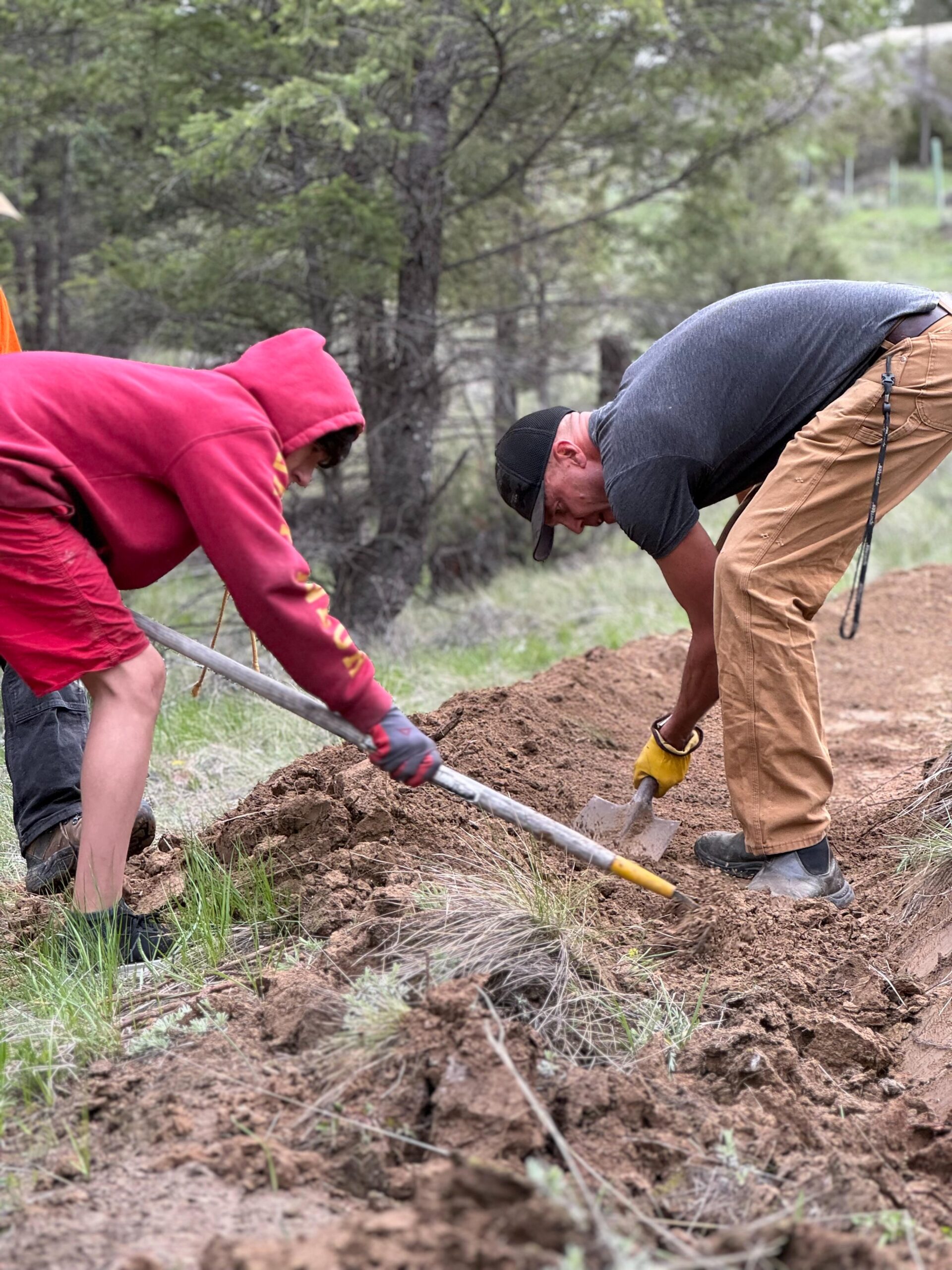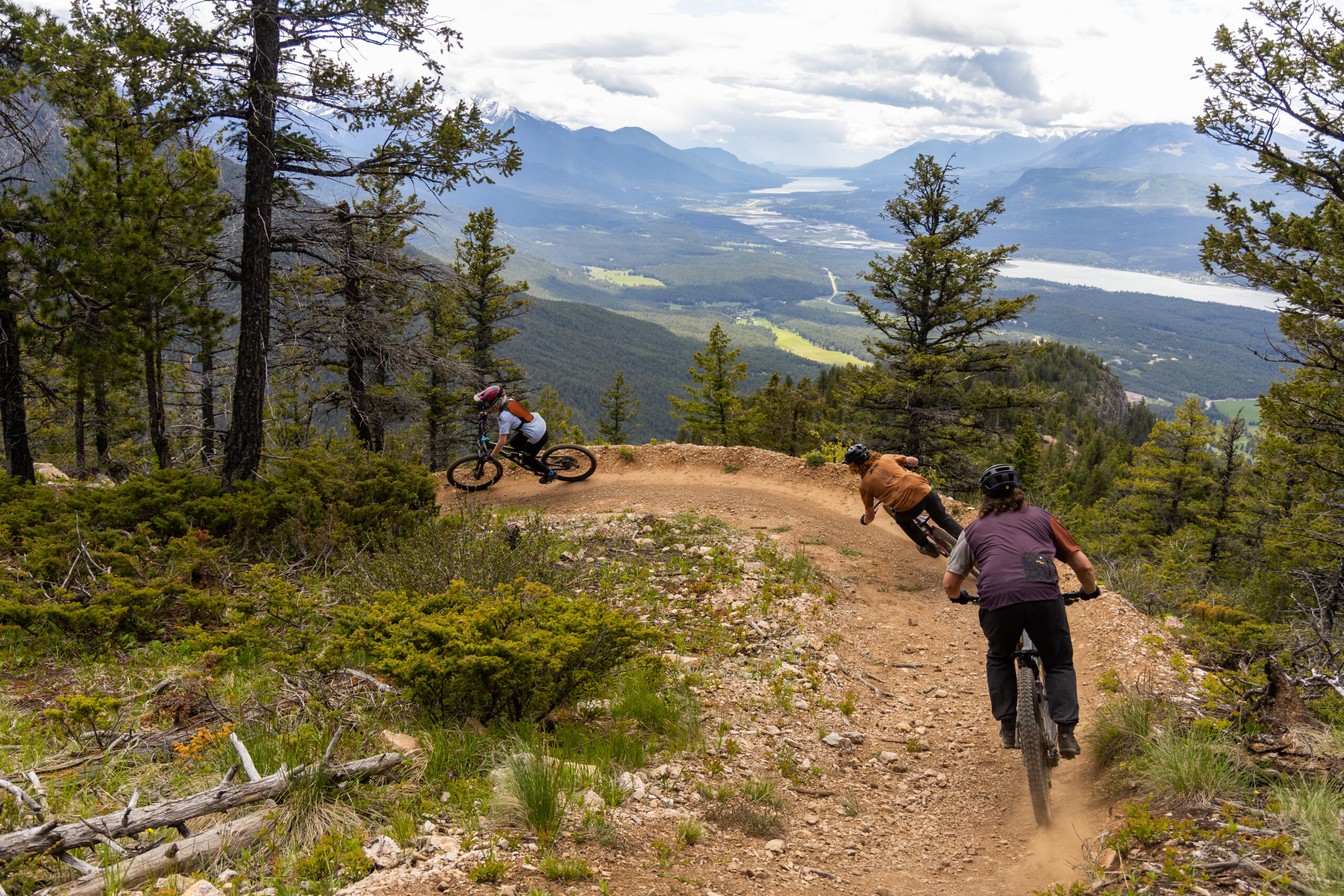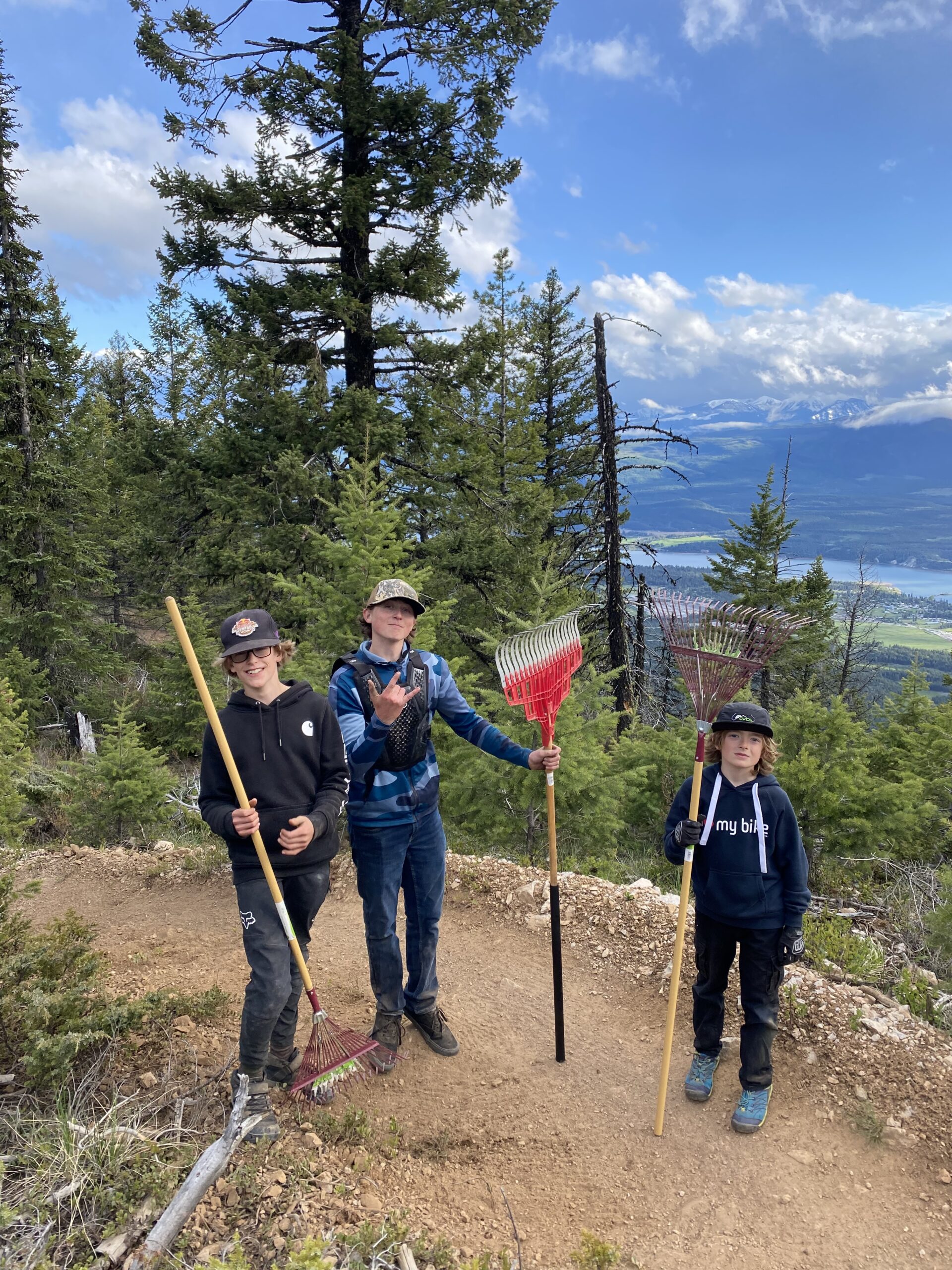The Columbia Valley, cherished by locals and visitors alike for its breathtaking landscapes and abundant outdoor recreation opportunities, faces a unique challenge in managing its public lands. Unlike much of British Columbia, the valley lacks an overarching recreation management strategy, which is essential for guiding land use decisions, such as authorizing new trails.
Key Takeaways:
- Recreation Planning Initiative: The Columbia Valley Recreation Planning Initiative (CVRPI), re-established in 2019, completed recommendations for improved recreation and land management in the Steamboat and Forster landscape units. Meetings are currently on hold while the recommendations are being reviewed by governments.
- The Path Forward: The Columbia Valley Cycling Society is committed to advocating for the approval and implementation of the CVRPI recommendations. While awaiting government action, we continue to strengthen the mountain biking community through events and initiatives, maintain existing trails, and supporting the implementation of RSTBC’s new difficulty rating system with updated signage. We are also actively exploring trail development opportunities on private lands. Recognizing the importance of collaboration, we are committed to building strong relationships with key partners and finding creative ways to keep momentum moving forward.



What is the Columbia Valley Recreation Planning Initiative?
- The Columbia Valley Recreation Planning Initiative was re-established in 2019 to develop recommendations for managing recreation on Crown land in the region. Building on years of previous efforts, the initiative brings together local communities, recreational groups, governments, and First Nations to ensure sustainable and responsible recreation while protecting cultural, environmental, and agricultural values.
- The CVRPI aims to provide recommendations that will guide the provincial government’s land use decisions, including where and when different types of recreation can occur.
- The initiative is structured around an advisory and planning committee that works to develop these recommendations, which will be submitted for review.
- The geographical area of interest for CVRPI includes numerous landscape units identified within the Invermere Timber Supply Area, each of which is subject to its own planning process.
What about Steamboat Mountain?
- Steamboat Mountain was selected as the first landscape unit for the Columbia Valley Recreation Planning Initiative. Recommendations for its management were completed in 2023 after a two-year planning process.
- Although the recommendations have been finalized, they are still awaiting review and feedback from the provincial government.
- At present, many non-status motorized and non-motorized recreation trails exist within the Steamboat area.
What is the difference between established and non-status trails on B.C. public land?
- Established trails on B.C. public land are authorized by the provincial government and allow for dedicated resources to be put towards them. This may include proper trail maintenance, signage, parking and washroom facilities.
- CVCS has a partnership agreement with Recreation Sites and Trails BC to maintain the established trails in the Swansea and Lake Lillian (including Kloosifier) trail networks.
- Non-status trails, have no legal designation on the land base and RSTBC lacks the same legislative and administrative tools for managing non-status trails.
- Individuals are permitted to perform minor trail maintenance on both established and non-status trails.
- Individuals are permitted to use non-status trails, however, CVCS is unable to host an event non-status trails.
I want to help maintain trails, what am I allowed to do?
- Thank you for your support! Keep an eye on CVCS social media for spring and fall trail days, or reach out if you're interested in becoming a dedicated volunteer trail steward. Here are some basic do’s and don’ts of trail maintenance:
- ✅ DO:
- Clear debris – branches, rocks, and loose materials
- Trim overgrown vegetation – use hand tools or hand saws
- Maintain drainage – clear ditches, culverts
- Smooth the trail surface – fill small ruts, pack loose dirt (no digging)
- Remove fallen trees – if a chainsaw is needed, notify CVCS (chainsaw use has regulations)
- Fix existing technical features - hammer down nails, replace boards—if major repairs are needed, inform CVCS!
- ❌ DON’T:
Especially on established trails and sites where CVCS holds partnership agreements with RSTBC—specifically Swansea and Lake Lillian area. Unauthorized work creates significant challenges for CVCS and can be safety concern.
-
- Dig, reshape, widen, or drastically alter a trail
- Build new trails or reroute existing ones
- Construct new technical trail features, jumps, berms, etc.
- Use any machinery
- Widen or drastically alter the trail
Why doesn’t CVCS post any of the unsanctioned trails on Trailforks?
- CVCS has administrative rights on Trailforks for the bike trails in the Columbia Valley. However, CVCS chooses not to list unsanctioned trails on the platform to maintain positive relationships with rightsholders and stakeholders, who are crucial in the process of sanctioning new trails.
- While unsanctioned trails in the valley are available on other mapping applications, riders are permitted to use these trails if they are on Crown land and not trespassing on private property. CVCS encourages all riders to act responsibly by sticking to existing trails, refraining from building new ones, practicing Leave No Trace principles, and being mindful of cultural and ecological sensitive sites.
Why aren’t we applying for additional authorizations (commonly referred to Section 57’s) to create new established trails?
- A Forest and Range Practices Act Section 57 application to authorize construction of or maintenance on a recreation trail may not be considered until the recommendations for that specific landscape unit are completed in the CVRPI process and approved by the relevant land management authorities.
- The focus for RSTBC continues to be on existing, established sites and trails as the priority.
What the status of the CVRPI?
- Funding for the CVRPI has been exhausted, and the process is currently on hold.
- CVCS is committed to ensuring that the progress made on the CVRPI is not lost. We will continue to strongly advocate with the BC Provincial Government to ensure that the finalized recommendations for Steamboat and Forster are moved forward through the necessary approval channels.
- CVCS is dedicated to keeping our members informed and will provide timely updates on any developments.
What can we do in the meantime?
- CVCS remains dedicated to building and supporting the mountain biking community in the Columbia Valley. Our three priorities are:
- Races and Events: Organizing and supporting events and initiatives that unite the community.
- Trail Maintenance: Ensuring existing trails are well-maintained and accessible for all users.
- Advocacy:
-
- Pursuing trail development opportunities on both private and public land.
- Building relationships with key partners to secure funding and amplify the voice of mountain biking in the Columbia Valley.
- Advocating with the BC government to revisit the recreation management planning process and emphasize the importance of outdoor recreation.
- You can help support mountain biking in the Columbia Valley by purchasing a CVCS membership, supporting local businesses, and recreating responsibly.
